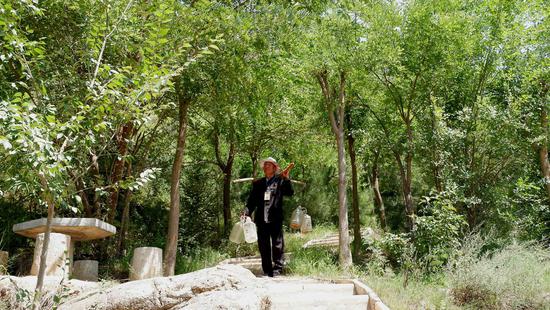
Ma Jincai, 72, has planted more than 2,000 trees on hills along the upper reaches of the Yellow River in Qinghai Province over the past 28 years. (Photo/China News Service)
(ECNS) -- The forest coverage rate in the upper reaches of the Yellow River in Haidong City, Qinghai Province, has increased to 36 percent in 2021 from 28 percent in 2020 since Haidong implemented an ecological conservation strategy a decade ago.
The green coverage rate in Ledu and Pingan districts of Haidong has reached 38.37 percent.
Located on the border between the Qinghai-Tibet Plateau and the Loess Plateau, Haidong suffers from drought and lack of rain all year round, with low vegetation coverage.
According to the city’s Mayor Wang Huajie, Haidong has implemented systemic measures to solve ecological problems regarding mountains, waters, forests, fields and lakes and established a cross-border emergency response system with its neighbors Lanzhou and Xining to jointly deal with environmental accidents and pollution disputes.
The city has also adopted a "river chief system" and "forest chief system" in order to win the fight against pollution in an all-round way, said the mayor.
Haidong has completed a series of rectification work, including demolishing waste factories of last century and illegal buildings, shutting down domestic livestock and poultry farms and planting trees to improve its vegetation coverage.
Haidong has replaced coal with gas and electricity, strengthened the control of mobile pollution sources, phased out diesel trucks, incorporated the city's off-road mobile machinery into the big data supervision platform, and updated the flue gas recovery devices of 27 ferroalloy and silicon carbide enterprises, according to Zhu Fengjia, director of Haidong Ecological Environment Bureau.
With consistent efforts, the city’s air quality has been greatly improved in 2021 compared with 2015.
What’s more, it is also accelerating the modernization of monitoring systems, for example, the “smart environment protection” platform and an ecological environment monitoring comprehensive lab have been put into use, which will facilitate the city’s environmental protection capacity.








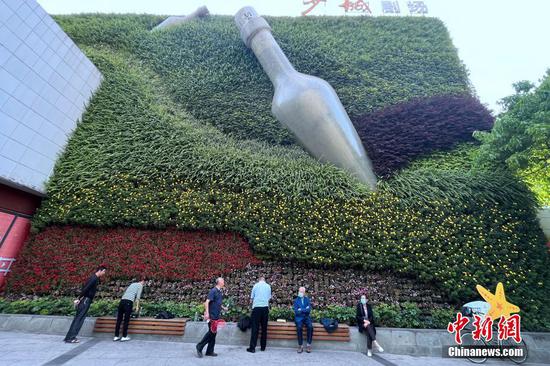
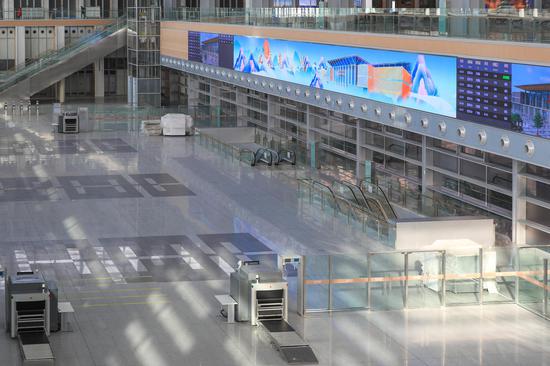






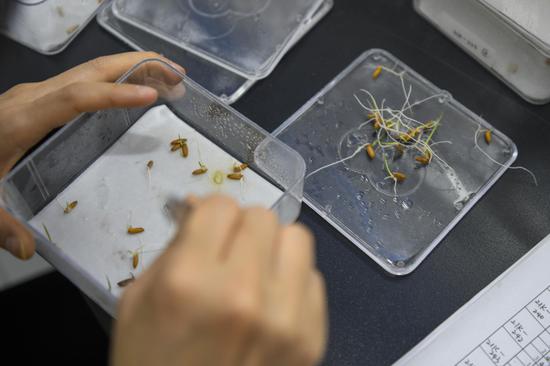












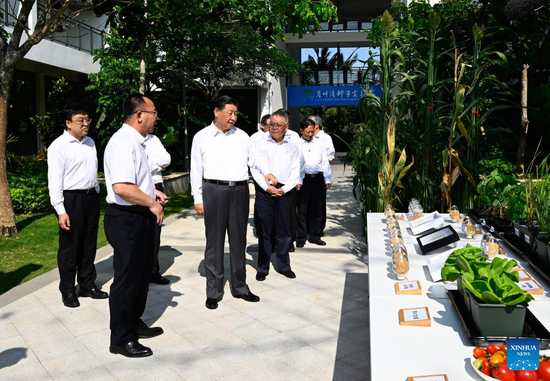






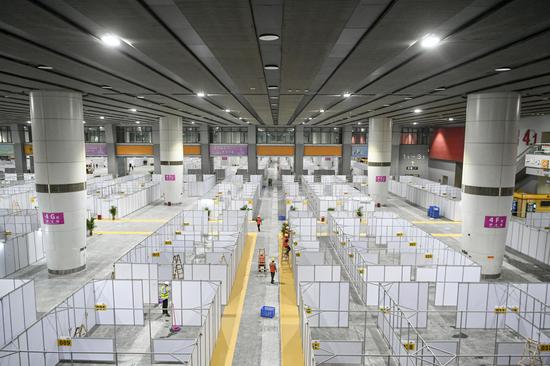
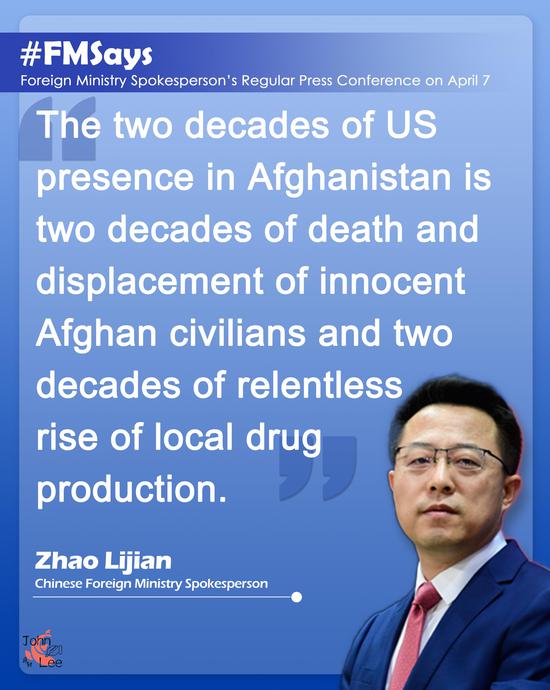
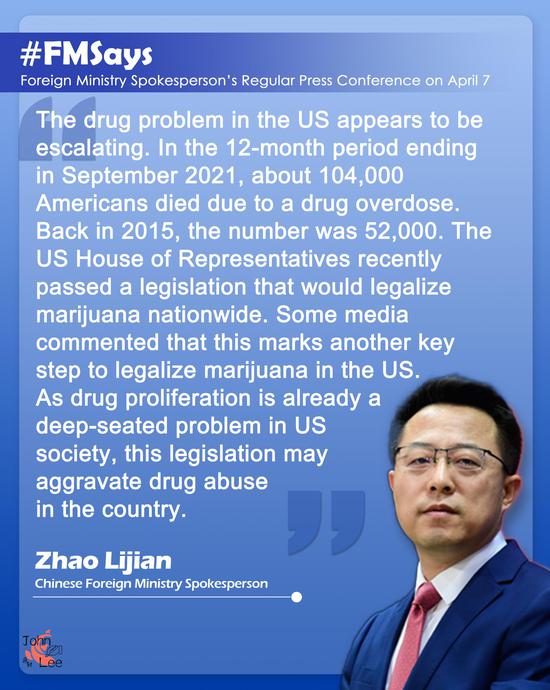



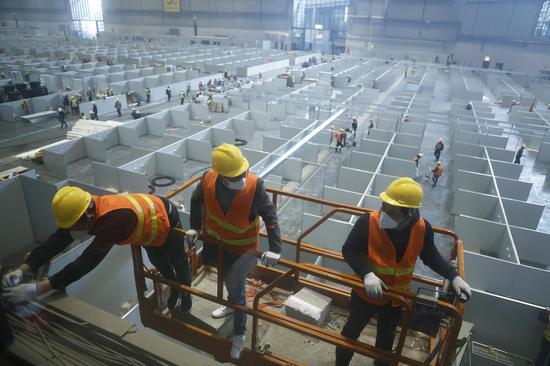

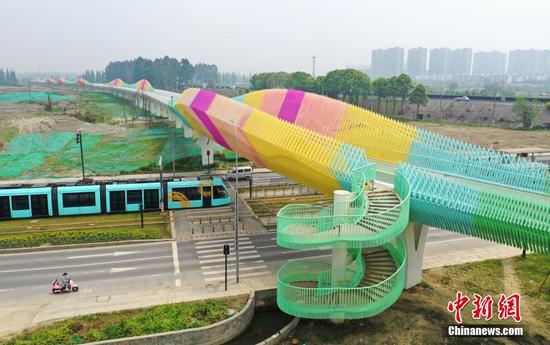



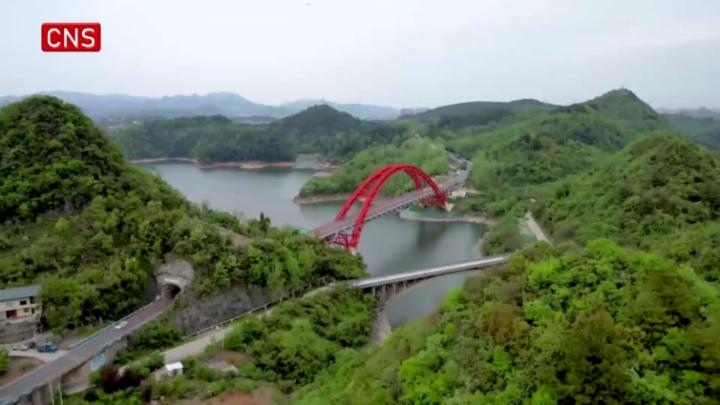

 京公网安备 11010202009201号
京公网安备 11010202009201号